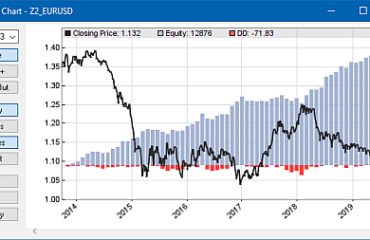The character of Zorro has been a source of fascination for generations. His emergence as a swashbuckling hero of justice has been celebrated in books, films, television series, and comic books. Tracing the origins of Zorro opens the door to a deeper understanding of how this legendary hero has become part of popular culture. Examining the cultural impact of Zorro reveals how the character has transcended time and place, both inspiring and being informed by the societies in which it is encountered.
Tracing the Origins of Zorro
The character of Zorro is believed to have originated with the 1920 novel, The Curse of Capistrano, by Johnston McCulley. In the novel, the hero’s name is Don Diego de la Vega, who is a master swordsman with a penchant for avenging injustice using a mask and cape. This character is thought to be based upon the famous folk hero Joaquin Murrieta, who lived in California in the 1850s and is said to have been a Robin Hood-like figure who fought against local injustices.
The character of Zorro was popularized through film adaptations, beginning in the 1920s and gaining traction with the 1940 classic, The Mark of Zorro. This film featured one of the most iconic depictions of the character, with renowned actor Tyrone Power taking on the role of Don Diego. The Mark of Zorro set the stage for many future iterations of the character and firmly established him in the public consciousness as an archetype of justice and heroism.
The character of Zorro has continued to evolve over the decades, with numerous incarnations featuring different cultural interpretations. Perhaps the most iconic example of this is the 1998 film, The Mask of Zorro, which starred Antonio Banderas and Catherine Zeta-Jones in the titular roles. This version reimagined the character and incorporated elements of Mexican culture, creating an internationally appealing story with a modern twist.
Examining the Cultural Impact of a Legendary Hero
The character of Zorro has become a global symbol of justice and courage. He is a beacon of hope in times of despair, a symbol of resistance and an agent of change. He stands for justice and equality, and his legacy resonates with many people around the world. This is evident in the popularity of the character in both literature and film, as well as in the various other cultural interpretations that have emerged.
The character of Zorro is also often seen as a symbol of rebellion against oppressive forces. For example, in the 1998 film, The Mask of Zorro, the character is seen as a revolutionary leader who challenges the status quo and fights for the people. This depiction of Zorro as a symbol of resistance is an example of how the character has become embedded in popular culture as an inspiring figure.
Finally, the character of Zorro is often seen as an example of the power of the individual to make a difference in the world. Through his acts of daring and bravery, Zorro has inspired generations of people to stand up for what they believe in and to stand up to oppression. He is a symbol of hope and a reminder of the power of the individual to make a positive change in the world.
The character of Zorro has become an iconic figure in popular culture, transcending time and place to inspire countless generations. From his origins as a folk hero to his continued evolution in modern films and media, Zorro has become an inspiring symbol of justice, courage, and resistance. With his continued presence and legacy, Zorro is sure to remain an enduring figure in popular culture for years to come.



